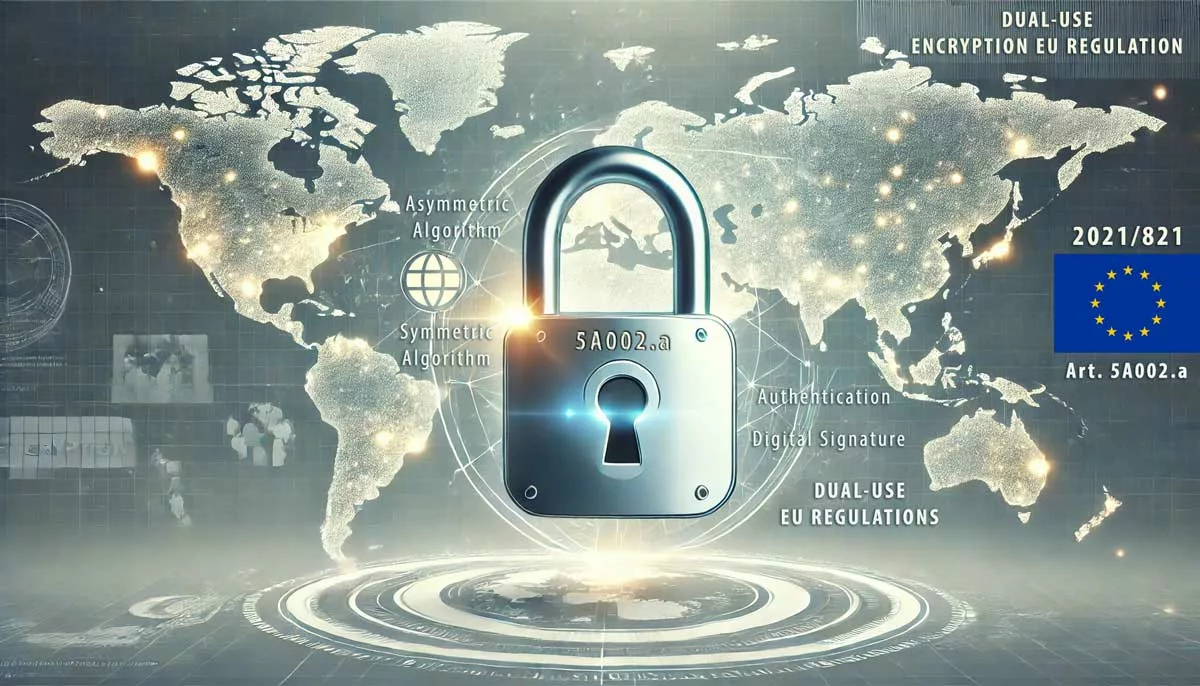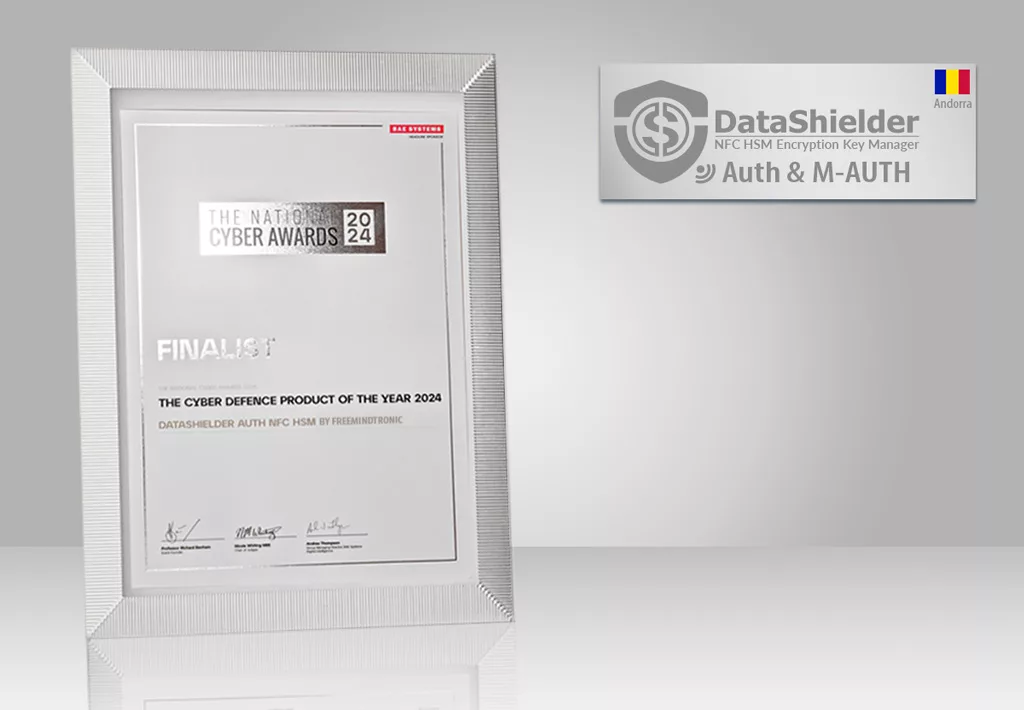Understanding the Impact and Evolution of Side-Channel Attacks in Modern Cybersecurity Side-channel attacks, also known as side-channel exploitation, involve intercepting electromagnetic emissions from HDMI cables to capture and reconstruct the data displayed on a screen. These attacks, which were previously limited to analog signals like VGA, have now become possible on digital signals thanks to […]
Stay informed!
Join our community of technology enthusiasts! Subscribe to our newsletter and receive exclusive updates on the latest news, special offers, and tips from Freemindtronic. Stay informed on the latest technology trends, discover new products, and be among the first to take advantage of them. Sign up now by entering your email address below. Don't miss any updates from Freemindtronic!














